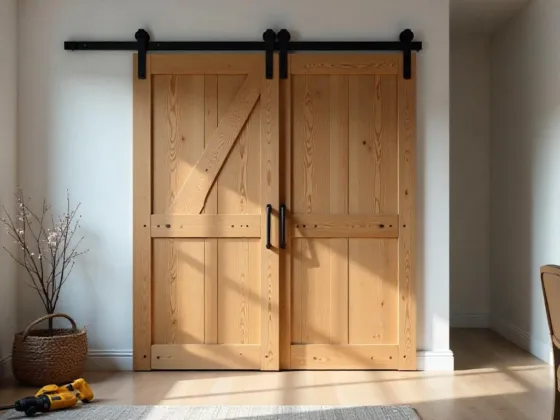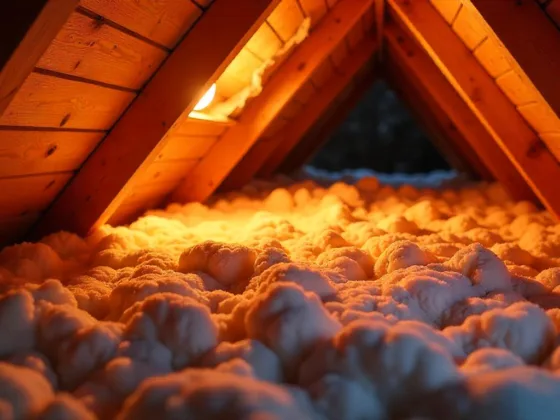Table of Contents Show
Now that April’s here, it’s the right time to get your above-ground pool open for some serious fun!
With the advent of winter and the current pandemic situation, you would have taken extra precautions to keep your pool in the safest and best condition over the long shut down.

Winterizing Your Pool
Pool care is a year-round task, no matter what the season.
Most pool owners keep their pools open from May through September in regions that experience harsh winters. They monitor the prevailing temperatures and once the barometer falls below 30°F at night, they close the pool down.
Winter care is crucial for the health and well-being of your pool and the safety and wellness of users. Simply throwing a cover over the pool at the start of winter doesn’t quite do the job.
As temperatures dip, the bather load may reduce, but the pool equipment still needs to be taken good care of. The main areas of concern are the pool cover, water chemistry, and level.
The heater, pump, filters, and exposed plumbing will require regular monitoring. Many pool owners don’t have frost thermostats fitted.
These can turn up the water temperature automatically to prevent damage to pool equipment.
Any water left inside the equipment can freeze, solidify and expand, causing bursts and serious damage. It’s important to drain the water completely from the heater, pump, and filter before shutting down the pool if you don’t have a frost stat.
Pool covers are generally quite tough and sturdy, but if you experience heavy snowfall, it’s wise to keep the pool open, rather than risk damaging the cover.
Rainwater may also collect on the cover and this gets dirty as the season progresses.
This contaminated water shouldn’t enter your pool as the temperatures rise.
You would have had to add certain extra chemicals to ensure that the water stays algae-free and at the proper pH levels. These products can help to balance the pool chemistry.
Sanitizers, calcium hardness, cyanuric acid, and alkaline levels can damage the pool equipment. Surfacing also takes a beating overextended shutdowns.
Debris, dust, fallen leaves and twigs, small dead animals, pollen, and many other types of contaminants can enter the water while it’s still in a liquid state in the early stages of winter.
They may freeze or enter the working parts of the pool.
Read Also:
10 Steps to Opening Your Pool in Spring
Now that winter’s receded, you and your family are probably eager to start using the pool again. Spring marks the beginning of an exciting new season of fun, parties, exercise, and health workouts in and around your pool.
Getting your pool ready for use as soon as possible may tempt you to get your family and friends to pitch in for a clean-up party.
However, a word of warning. Every year, ER rooms around the country see thousands of cases where pool-owners/family/friends suffer serious injury due to pool chemical poisoning.
Cleaning your pool without the right protective gear, gloves, face shields, etc. can be hazardous.
It’s also important to wear sunscreen to protect yourself from extended exposure to UV rays. Safety glasses or goggles are another essential.
It’s wise to consider taking professional help to get your pool ready for spring. Many reputed pool companies offer discount pool supply and services for year-round pool care.
The company that installed your pool could also give you valuable tips and advice.
They would go about this task in a more systematic and safe way, using the right equipment. They’d also watch out for signs of damage or potential wear and tear that may have happened over the shutdown.
1. Clean the Cover
With spring temperatures on the rise, the cover top would be flooded with water. There may be dead leaves and debris collected on the surface.
These can be easily removed with a long push-broom. Relatively drier surfaces can be cleaned with leaf-blowers.
For water levels higher than one inch, use a rake to remove debris. Finally, use a cover pump to thoroughly drain the water.
2. Remove Cover
This would need at least 4 people. Dry it thoroughly in the open, sprinkle with anti-mold treatment, before you store it away.
3. Check for Damage to Equipment
Inspect filter, pump, heater, and pipes for winter damage. Fix any problems you find immediately. The pool should be carefully checked for cracks, damage, holes, etc.
Metals may have accumulated in the water over winter, leaving discolored patches. Along with calcium stains at the waterline and the walls, all stains can be cleaned with the right cleaners/brushes.
4. Restore Water-Level
Fill the pool back to an optimum level with normal water via your garden hose. Only then should you turn on the pump or start water treatment.
5. Connect Up
Reconnect all the systems that were disconnected for winter. Above ground pools’ flexible plumbing lines and skimmer have to be connected back.
Let the water pump circulate the water for some time (two or three hours) to get it working smoothly again. Watch out for strange sounds or leaks when you turn the systems on. Ensure that the filter is working well.
6. Test
Once the systems have been working for a few hours, test the water for pH, alkalinity, and level of chlorine. Balance the chemistry with the right addition of chemicals and re-test once again to ensure the right levels.
7. Cleaning
When the water chemistry is perfect, you can start thoroughly cleaning the pool with a pool brush. Remove any gunk at the steps, ladders, etc, with special attention to the sides, lights, and hard-to-reach corners.
Vacuum the poolside area and the pool itself with the pump running.
8. Suspended matter
Run the filtration system overnight to clear any surface dirt, dust, and debris.
9. Pool Shock
Add the recommended amount of chlorine shock to the pool to get rid of bacteria, fungi, and other micro-organisms that may be remaining.
This has to be handled very carefully, as the substance is highly hazardous. Run the pump for another 24 hours for full conditioning.
10. Safety Equipment
If you don’t already have good quality safety equipment, ensure that you purchase and install it inaccessible places in and around the pool.
Go over the pool safety drill with your family and ensure that all who use the pool are kept informed. Finally, paste stickers of emergency numbers in prominent places.
Following these ten steps will help you get your above-ground pool ready for use in spring the right way. Stay safe and have fun!










